Mastering
Wildlife Photography: Essential Techniques for Capturing Stunning Safari Shots
Mastering wildlife photography offers an exhilarating opportunity to capture the beauty of nature and its inhabitants.
Whether you are a beginner or an experienced photographer, honing your skills can result in breathtaking images that tell a story.
From understanding animal behavior to mastering your camera settings, these tips will ensure you're well-prepared for your next adventure. Get ready to embark on a journey that combines technical knowledge and creative vision, resulting in photographs that stand out and leave a lasting impression.
Know
Your Equipment
Knowing your equipment inside and out is crucial for successful wildlife photography. Familiarize yourself with your camera’s settings, such as ISO, aperture, and shutter speed. Practice adjusting these settings quickly to adapt to changing light conditions and fast-moving subjects. The more comfortable you are with your gear, the more likely you’ll capture those fleeting moments.
Investing in a good quality lens is equally important. A telephoto lens with a focal length of at least 300mm will allow you to get close-up shots without disturbing the animals. Consider using a mono-pod or tripod for added stability, especially when using heavier lenses.
Understand
Animal Behavior
Understanding animal behavior can significantly enhance your ability to capture stunning wildlife photos. Spend time observing your subjects and learning their habits. This knowledge will help you anticipate movements and position yourself for the best shots. Patience is key – sometimes the most incredible moments occur after long periods of waiting.
Keep a safe distance from wildlife to avoid causing stress or danger to the animals. Using a telephoto lens will help maintain this distance while still getting detailed shots. Respecting the natural behavior of animals ensures ethical photography and minimizes disturbance to their habitat.
Above image captured by Trevor Barnett.
Master
Composition Techniques
Composition is a vital aspect of photography that can turn an ordinary shot into a masterpiece. Apply the rule of thirds by positioning your subject off-center to create a balanced and interesting image. Leading lines can guide the viewer’s eye through the photo, adding depth and dimension.
Incorporate the environment into your shots to provide context and tell a story. Frame your subjects using natural elements like trees or rocks to add layers and interest. Experiment with different angles and perspectives to find the most captivating composition.
Lighting
Is Everything
Lighting can make or break a photograph. The golden hours—shortly after sunrise and before sunset—offer the best lighting for wildlife photography. During these times, the light is soft and warm, casting beautiful shadows and highlights on your subjects.
Avoid shooting in harsh midday light, which can create strong shadows and overexposed areas. If you must shoot during this time, seek shaded areas or use a fill flash to balance the light. Understanding how to work with natural light will enhance the quality of your images and highlight the beauty of your subjects.
Should you wish to get the Kruger eBook, click on the above book cover, then click 'Add to Cart' where you'll see a button called 'Add Promo Code'. Click on it then add the word K2K and the 33% discount will be automatically applied. This code is valid until the end of the month, so don't delay!
"This is an indispensable guide to getting the best out of Kruger, camera in hand or not!”
- Caroline Webb, Associate Editor, Getaway Magazine, South Africa
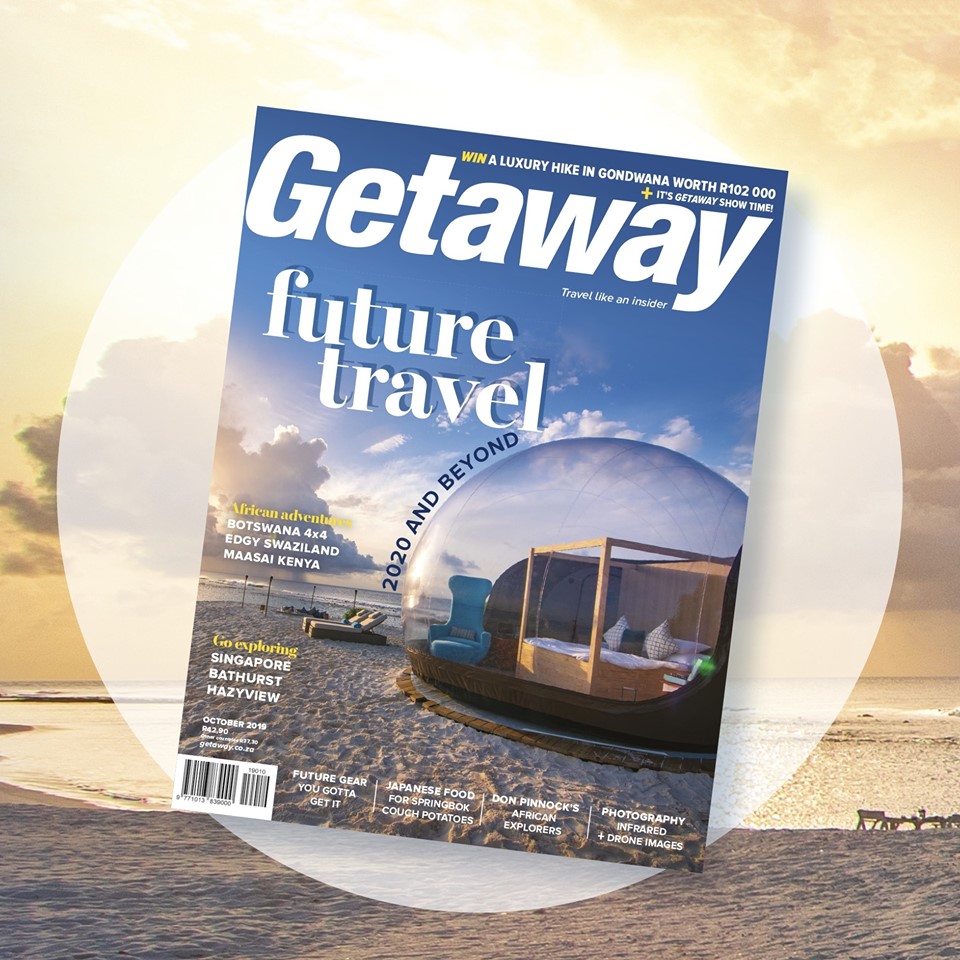
Be
Prepared for The Unexpected
Wildlife photography often involves unpredictable moments. Being prepared can make the difference between capturing an amazing shot and missing it entirely. Keep your camera ready with the appropriate settings, and always have extra batteries and memory cards on hand.
Stay alert and ready to react quickly. Wildlife can be unpredictable, and the perfect photo opportunity might arise when you least expect it. Adapting to changing conditions and thinking on your feet will help you capture those once-in-a-lifetime shots.
Use
Continuous Shooting Mode
Continuous shooting mode, also known as burst mode, is essential for capturing fast-moving wildlife. This mode allows your camera to take multiple shots in quick succession, increasing your chances of getting the perfect shot. Set your camera to a high frame rate to capture the action as it unfolds.
Review your shots carefully after a burst to select the best images. Often, subtle differences between frames can make one photo stand out. This technique is particularly useful for photographing animals in motion, such as birds in flight or predators on the hunt. When editing your photos, you might need to convert your files from PDF to Word for easier adjustments and sharing.
Practice
Ethical Photography
Ethical photography should always be a priority. Avoid disturbing wildlife or their habitats for the sake of a photo. Stay within designated viewing areas and follow local guidelines to ensure the safety of both the animals and yourself. Using a long lens can help you keep a respectful distance while still capturing close-up shots.
Minimize your impact on the environment by sticking to trails and avoiding the use of flash, which can startle animals. Respecting nature and its inhabitants ensures that wildlife photography remains a sustainable and enjoyable practice for everyone.
Post-Processing
for Perfection
Post-processing can enhance your wildlife photos, bringing out details and correcting exposure issues. Use software like Adobe Lightroom or Photoshop to adjust brightness, contrast, and color balance. Be mindful not to over-edit; aim to enhance the natural beauty of your subject rather than altering it drastically.
Cropping can help improve composition and remove distracting elements. Pay attention to the sharpness of your images, and use noise reduction tools for photos taken in low light. Post-processing is an art in itself, and with practice, you can significantly improve the quality of your photographs.
Experiment
With Different Perspectives
Trying out different perspectives can lead to unique and captivating wildlife photos. Instead of always shooting at eye level, experiment with low or high angles. A low angle can make the animal appear more majestic and dominant, while a high angle can provide an interesting overview of the scene.
Consider the background and how it complements your subject. A clean, uncluttered background can make your subject stand out, while an interesting background can add context and depth. Don’t be afraid to get creative and try new techniques to find what works best for you.
Conclusion
Mastering wildlife photography is a rewarding journey that combines technical skill, creativity, and a deep respect for nature. By understanding your equipment, observing animal behavior, and practicing ethical photography, you can capture breathtaking images that tell a powerful story.
Embrace the challenges and enjoy the process, and soon you'll find yourself creating stunning safari shots that you’ll cherish for a lifetime.
Happy shooting!
Return from Mastering
Wildlife Photography to K2K homepage
To make a safari rental booking in South Africa, Botswana or Namibia click here
"It's 768 pages of the most amazing information. It consists of, well, everything really. Photography info...area info...hidden roads..special places....what they have seen almost road by road. Where to stay just outside the Park...camp information. It takes quite a lot to impress me but I really feel that this book, which was 7 years in the making, is exceptional." - Janey Coetzee, founder of CAROK (Camps and Roads of Kruger) South Africa
"Having a passion for the region itself and having to know about all dynamics, water holes and ideal roads for a period of 6 years - I wish I had this guide on my first trip already!" - Morkel Erasmus, Secunda, South Africa
"Mario and Jenny take you to places that are not always visited, and their descriptions of the more remote camps will allow you to make an informed decision without wasting time and money" - Bob & Sherry Shepardson, DeBary, Florida, USA
"Your time and money are valuable and the information in this book will help you save both." - Don Stilton, Florida, USA
"I highly recommend the book to anyone visiting Etosha National Park to photograph the animals - or anyone considering an African photography safari in the future." - Anne Darling, Cognac, France
"As a photographer and someone who has visited and taken photographs in the Pilanesberg National Park, I can safely say that with the knowledge gained from this eBook, your experiences and photographs will be much more memorable." - Alastair Stewart, BC, Canada
"This work is so much more than an eBook, because it is also a guide, a tutorial, an inspiration and a must-have for anyone interested in wildlife photography" - Findtripinfo.com, USA
Photo Safaris on a Private Vehicle - just You, the guide & the animals!
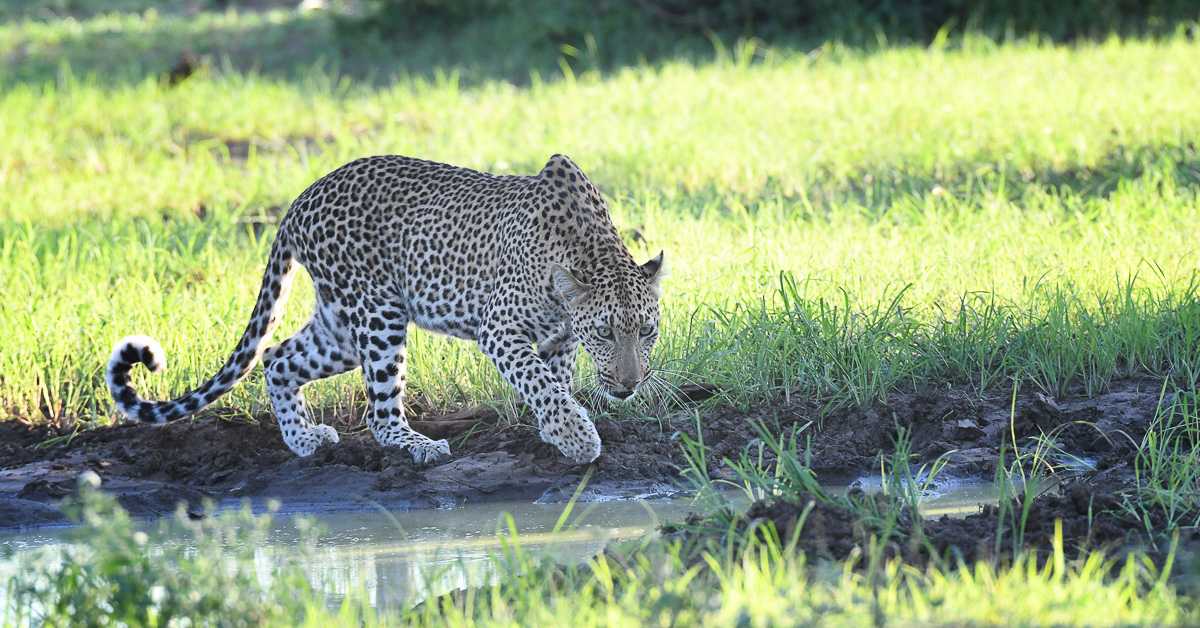
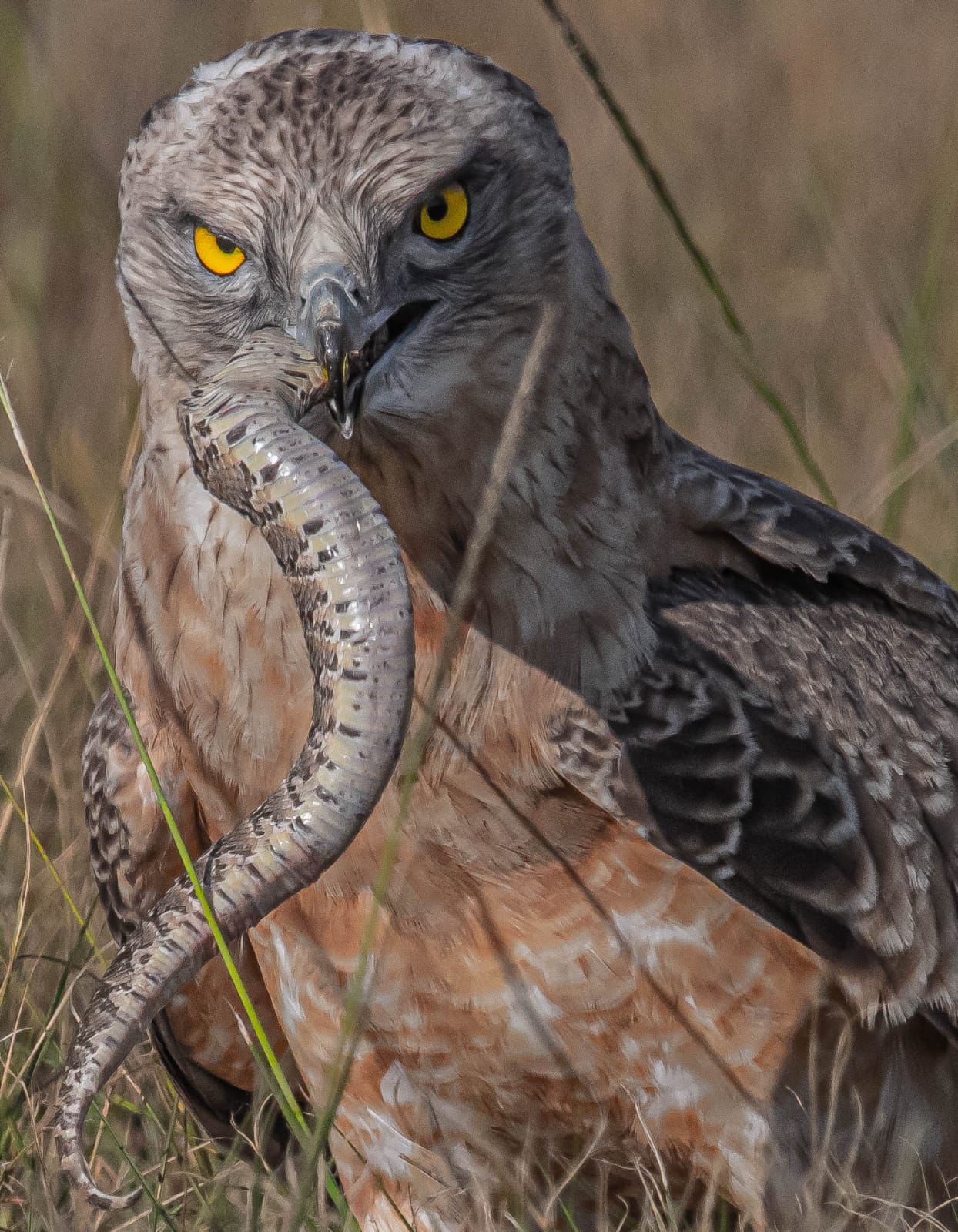
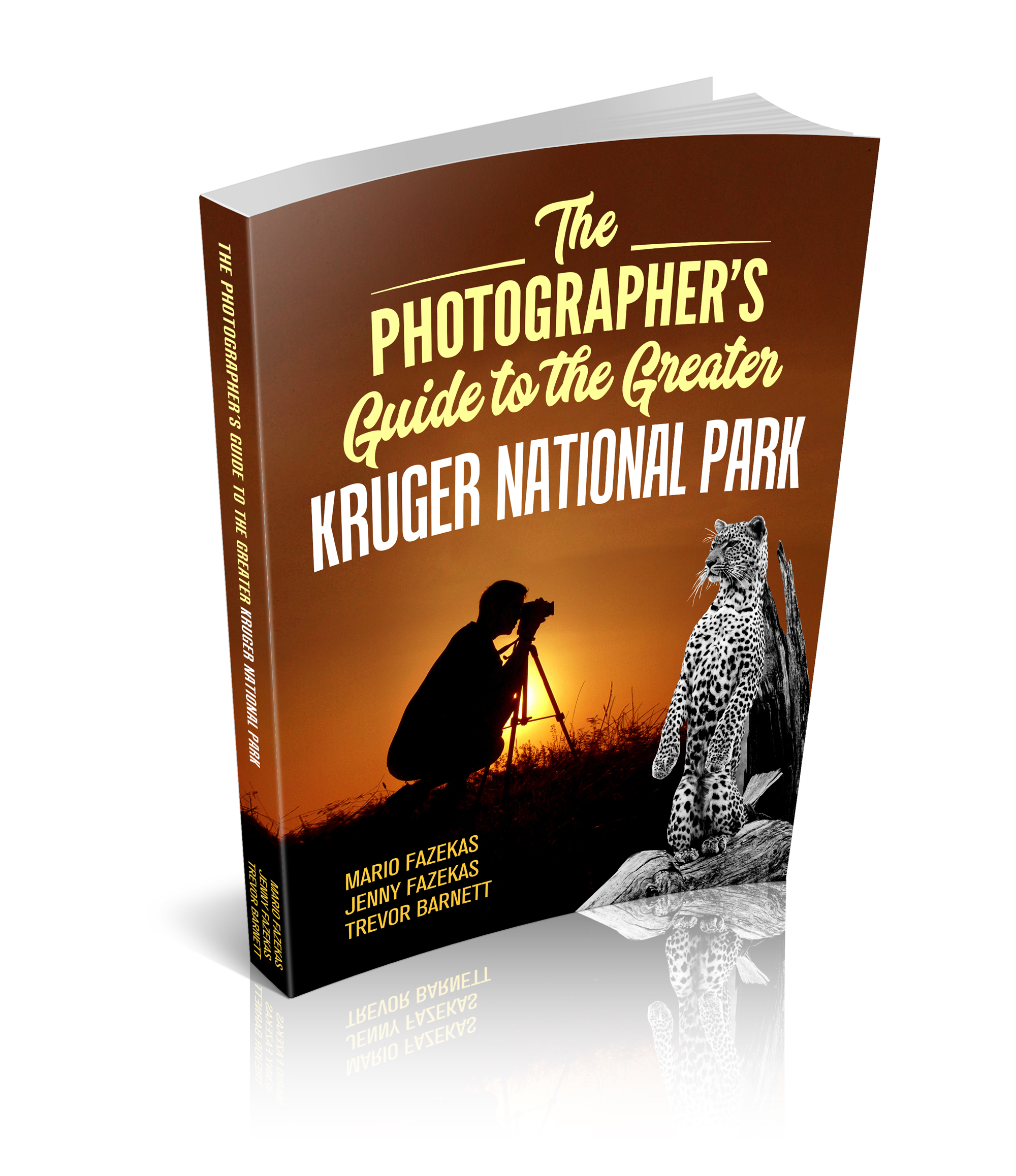
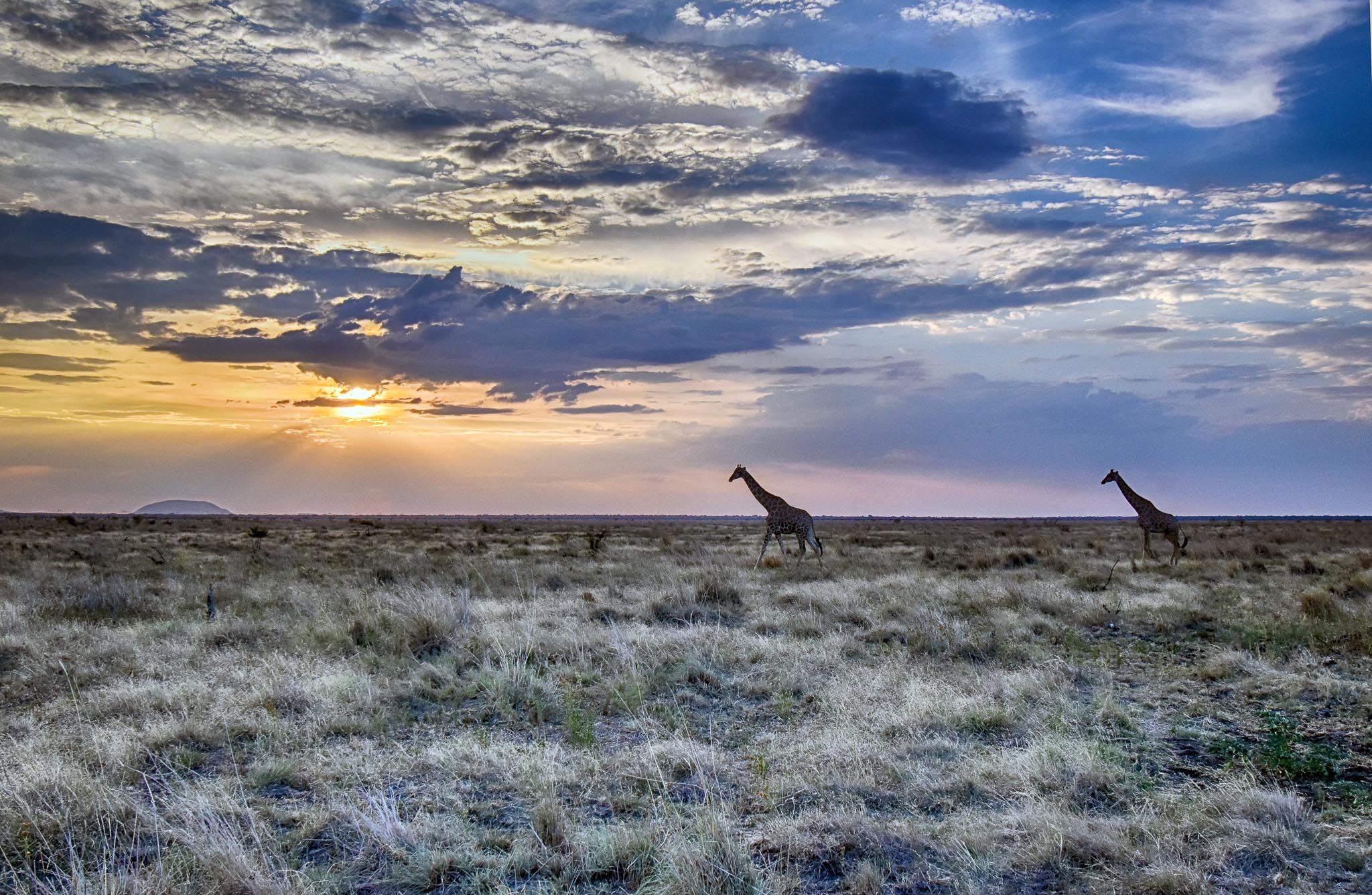









New! Comments
Have your say about what you just read! Please leave us a comment in the box below.